In 1982, the BBC made the brave decision to kill off the Doctor’s sonic screwdriver, and it would be some 14 years before it returned to our screens. What was the thinking behind this bold writing choice?
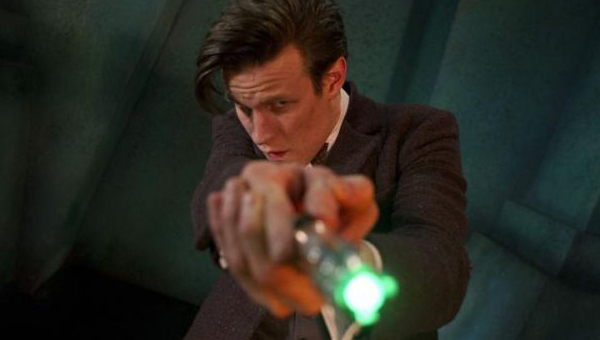
The idea came from writer Eric Saward whilst he was penning the early Peter Davison adventure ‘The Visitation.’ Saward wasn’t overly keen on the sonic screwdriver as he thought it made life too easy for the Doctor. At any given moment, no matter how high the stakes, the Doctor could whip out his electronic Swiss army knife-cum-magic wand and, at the push of a button, ‘sonic’ his way out of any predicament.
Eric Saward found this a bit too convenient and decided to put an end to the sonic screwdriver’s career in ‘The Visitation.’ Thus, the Doctor’s iconic tech perished at the hands of the Terileptils, who zapped the sonic screwdriver when the Doctor was trying to use it to escape from his cell. “I feel as though you’ve just killed an old friend,” he uttered mournfully, staring at the ashy remains of his faithful gadget.
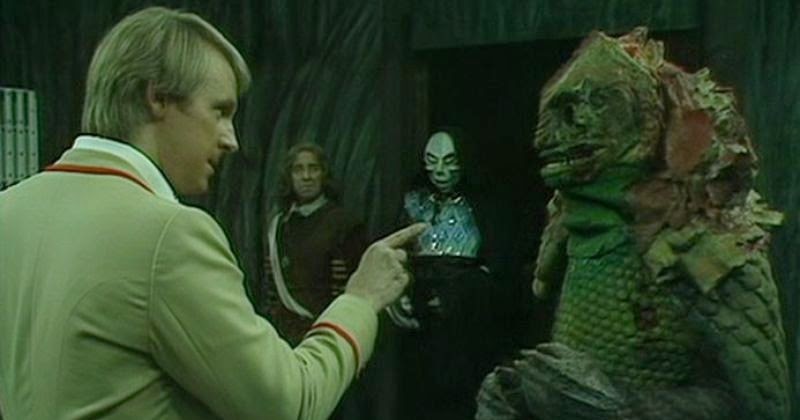
(C) BBC
And the sonic screwdriver certainly was an old friend, having ‘travelled’ with the Doctor since the 1967 story ‘Fury from the Deep.’ When it was first introduced, the sonic screwdriver did exactly as it said on the tin: it was a screwdriver which could turn screws using sound waves. But over the years, the writers started to use the Doctor’s gadget for a wider variety of purposes – just about anything, in fact – although most of the time it was used to unlock doors.
However, Eric Saward wanted to put a greater emphasis on the Doctor’s ingenuity and inventiveness, and he believed that a sonic-less Time Lord would create more dramatic plot possibilities if the Doctor was unable to simply wave his magic wand, as it were, and sonic his way out of danger.
At the same time, Saward didn’t plan for this to be the final end for the sonic screwdriver. In his mind, the Doctor had a whole cabinet of such devices in the TARDIS, and could go and fetch another one whenever he needed. It was only when he took over as script editor a few stories later that the idea of a truly sonic-less Doctor was really cemented, and the Time Lord’s iconic gadget wouldn’t be seen again for the remainder of the Classic run. Indeed, the Sixth Doctor never had an opportunity to sonic anything, and even the Seventh Doctor only had one scene with the sonic screwdriver in the 1996 TV movie.
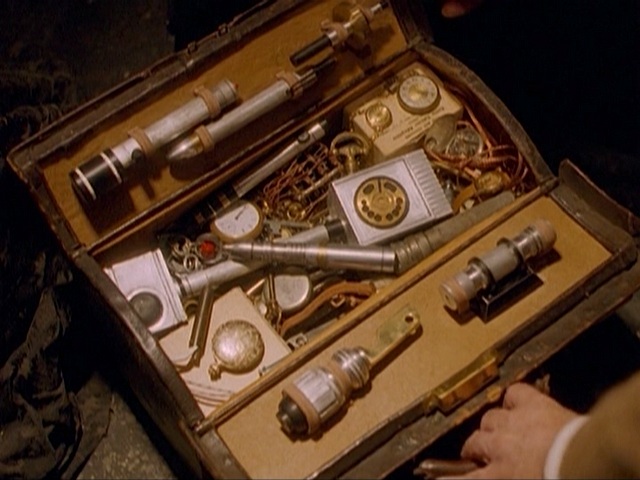
(C) BBC
Of course, when Doctor Who returned in 2005, the sonic screwdriver came back in full force. Head writer Russell T Davies took an entirely different view of the sonic screwdriver – yes, it was something of a magic wand which could perform a seemingly infinite number of tasks and get the Doctor out of trouble in a heartbeat, but the production team doubled down on this idea for the series’ new iteration. The sonic’s ‘magical’ properties were all part of the fun.
But even today, as much as people love the sonic screwdriver, fans are still divided as to whether the Doctor’s gadget is a stroke of creative genius or an all-too-convenient plot device. What is worth considering, though, is the fact that the ability to perform magic has never harmed the popularity of some of fiction’s most popular characters such as Gandalf from The Lord of the Rings, or Harry Potter, or even Sooty. In fact, their magic wands (or staffs, in Gandalf’s case) are part of what make the characters so beloved.
Moreover, having a piece of iconography as popular and recognisable as a sonic screwdriver opens up a range of merchandising popularities. Over the years, the Doctor’s sonic screwdriver has been sold to cosplayers as a crucial prop, or to children (and children alike) as a light-up toy, and even repurposed as a pen.
There is also the advantage of the sonic screwdriver’s ever-evolving nature. Like the TARDIS interior and even the Doctor’s face, the sonic screwdriver tends to change shape every few years and, again, this is is a good thing from a merchandising point of view. We now have a range of sonic screwdrivers – different ones for different incarnations, making them highly collectible among cosplayers. In fact, the TARDIS just seems to ‘spit them out’ whenever they’re needed.
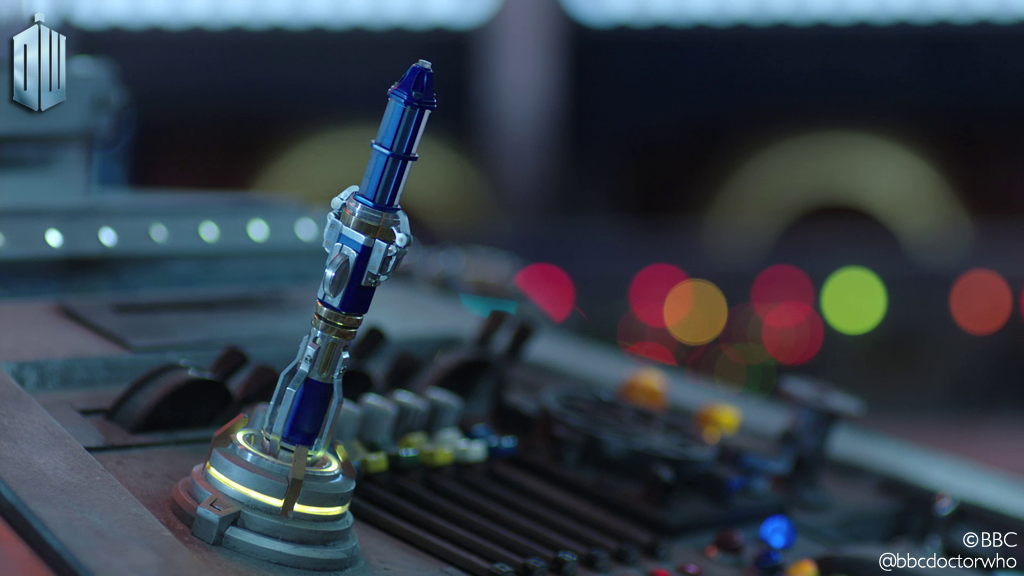
That is not to say that writers are bound to use the sonic screwdriver for every situation, or even as an excuse for lazy writing. Quite the opposite, in fact. These days, the sonic screwdriver usually complements the Doctor’s ingenuity, with the Time Lord finding new and creative ways to harness the power of his or her gadget.
At the same time, there have been moments in the new series where the sonic screwdriver has received the Eric Saward treatment. One of the most memorable was in 2010’s ‘The Eleventh Hour,’ where the newly-regenerated Doctor was forced to take on Prisoner Zero and the Atraxi using a fire engine, a mobile phone and (bizarrely) Patrick Moore. “And the final score is no TARDIS, no screwdriver, two minutes to spare. Who da man?!” he declares. (He’s never saying that again…)
Similarly, Russell T Davies teased viewers in 2007 when the sonic screwdriver was seemingly ‘killed off’ in ‘Smith and Jones,’ and the newly-regenerated Doctor also found herself sonic-less when fighting the villainous Tzim-Sha in ‘The Woman who Fell to Earth.’
But overall, there is a sense that the sonic screwdriver is here to stay, and it could be argued that the Time Lord’s gadget has become as integral to the series (and as beloved) as the TARDIS or even the Daleks. Indeed, it is now hard to imagine Doctor Who without a sonic screwdriver.
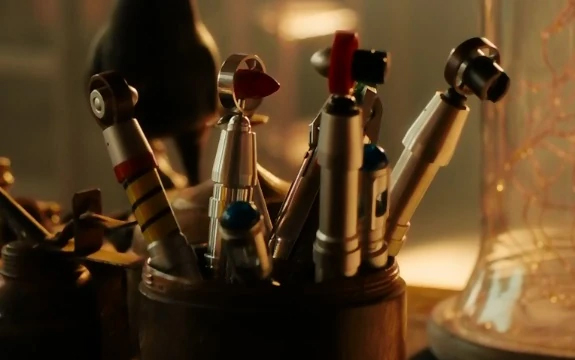
It remains to be seen what the latest incarnation of the sonic will look in the hands of Ncuti Gatwa – unless the production team do the unthinkable and bring back the Terileptils (just to make absolutely sure this time…)
How do you feel about the sonic screwdriver? Is it an all-too-convenient plot device, or a stroke of creative genius? And which one is your favourite? Let me know in the comments below.








Love the sonic screw driver what would the Dr be without it. It’s like a Jedi without his lightsaber
The Sonic is an extension of The Doctor. hand held calculator to work out ‘calibrations’ .. “same software different case”. 🙂 Scientific buddy in many cases when you can find a lab nearby.